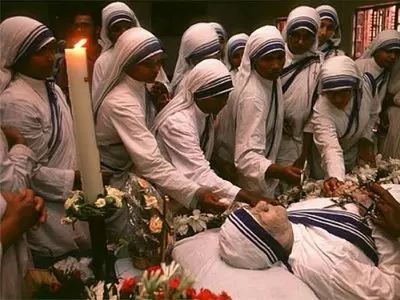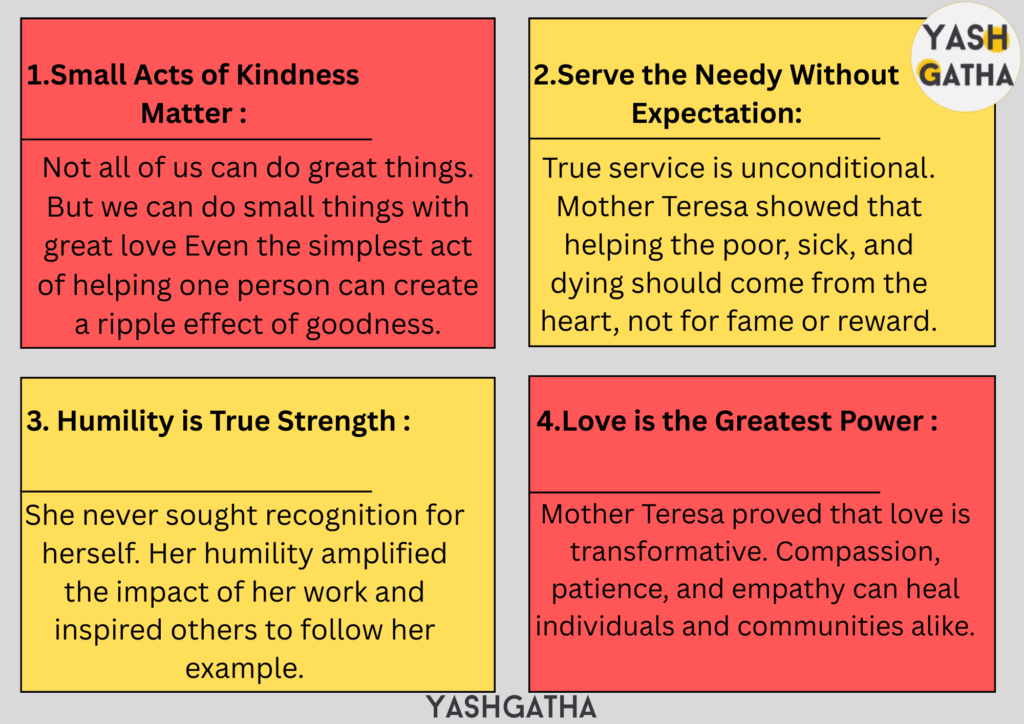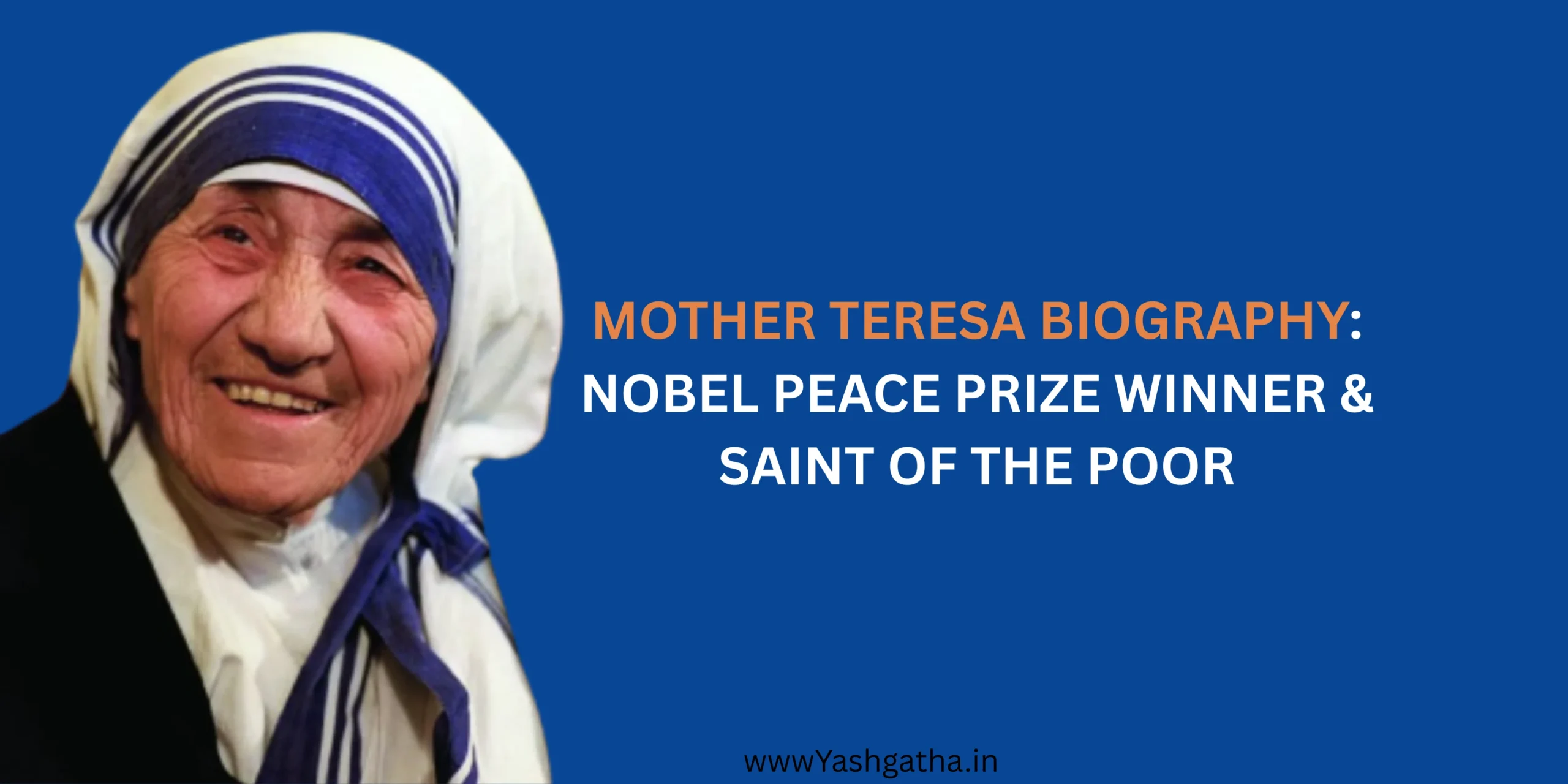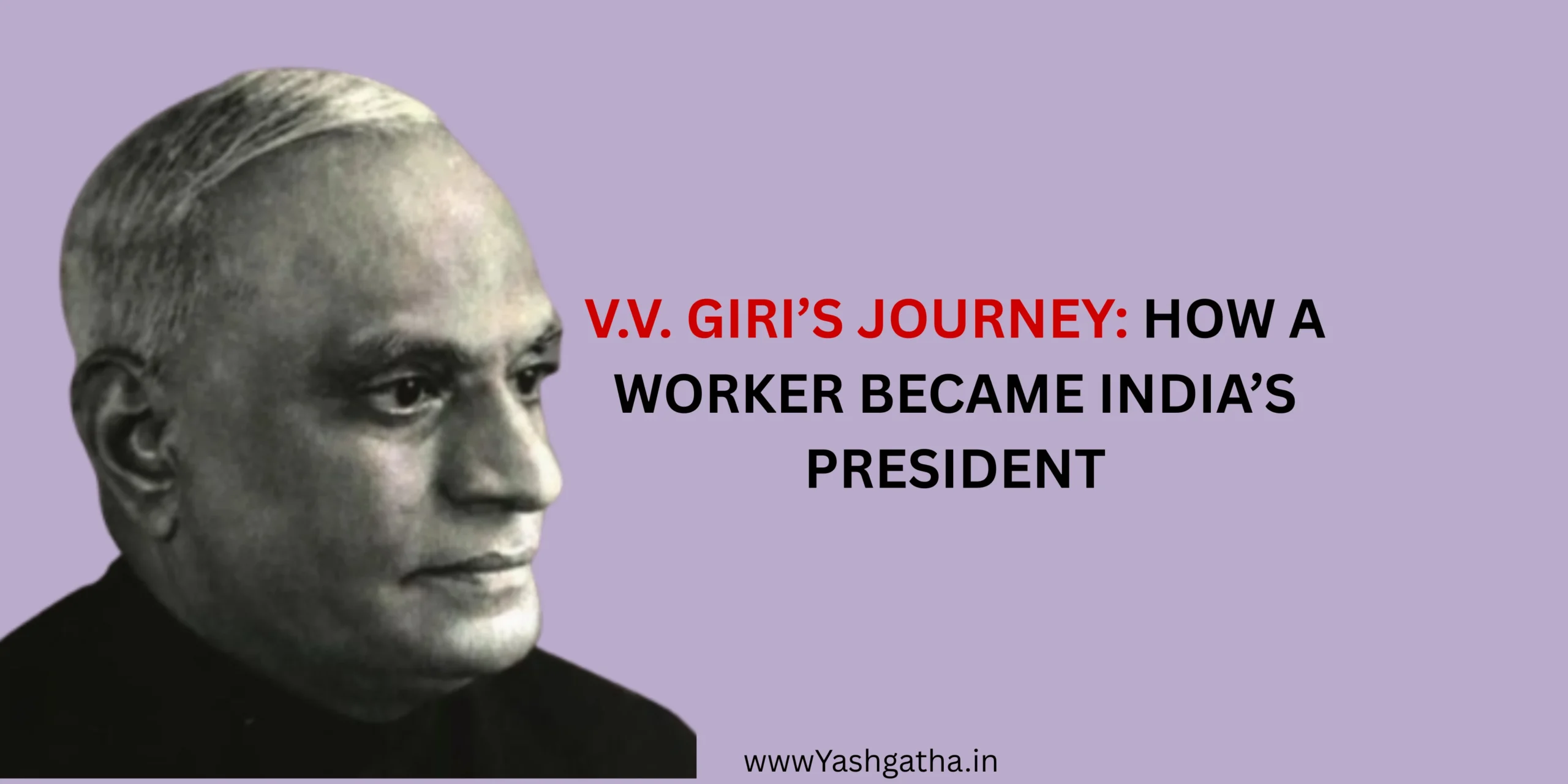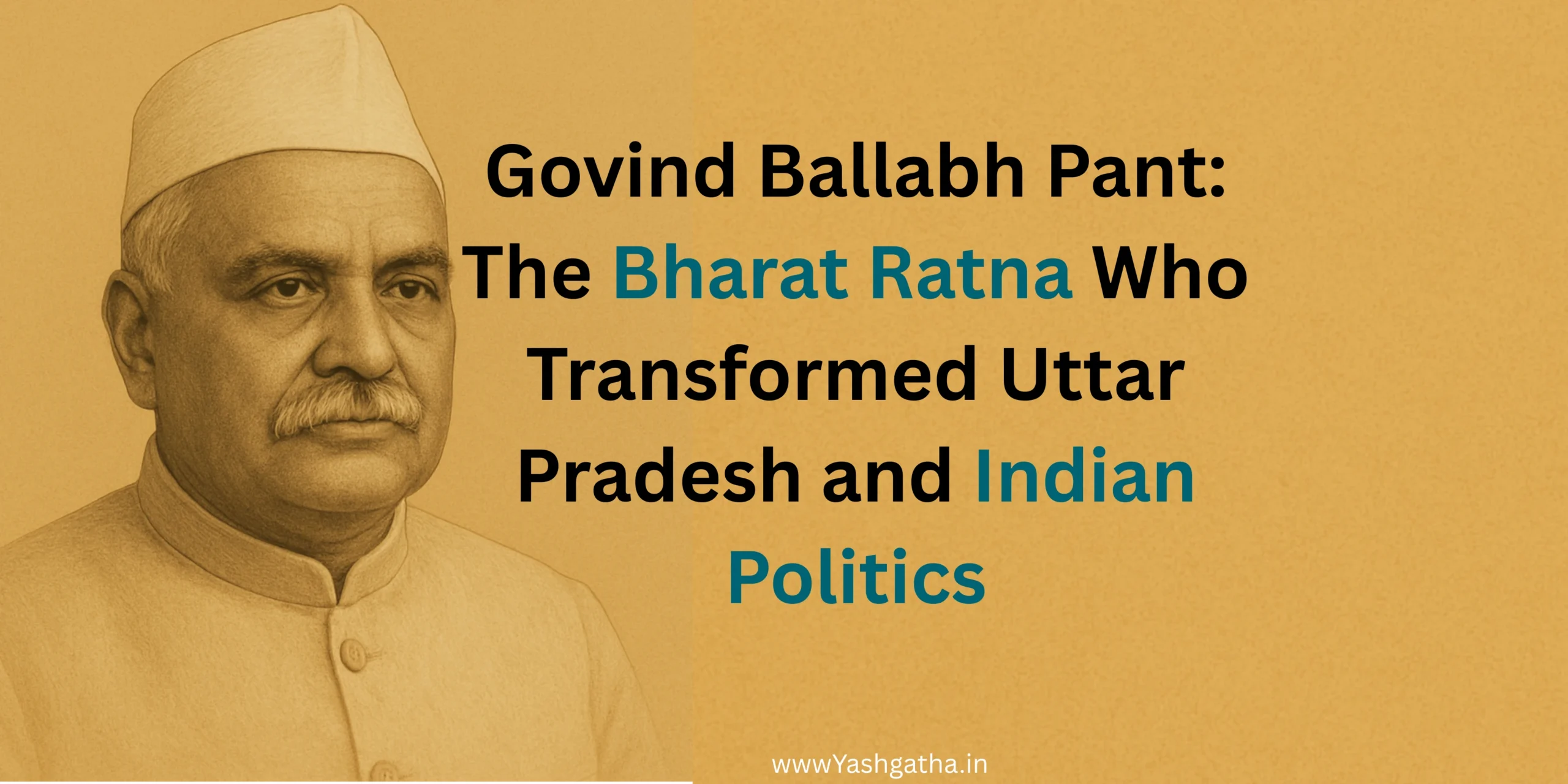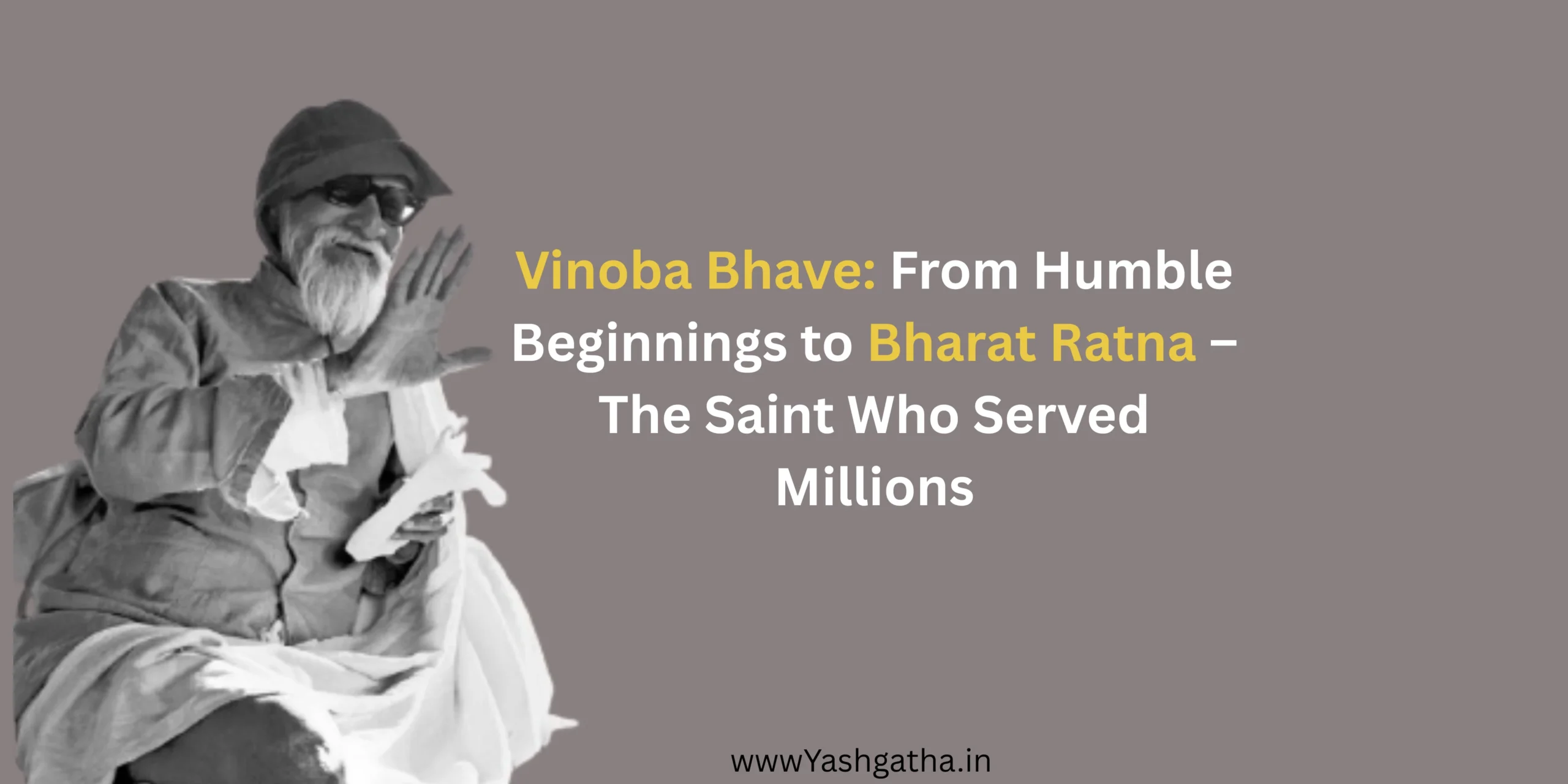Mother Teresa, born Anjezë Gonxhe Bojaxhiu in Skopje, was awarded the Nobel Peace Prize in 1979 for her humanitarian work through the Missionaries of Charity, dedicating her life in Kolkata, India to serving the poorest of the poor, inspiring the world with her words: “If you can’t feed a hundred people, then feed just one.”Mother Teresa, known as the “Saint of the Gutters”, dedicated her entire life to serving the poorest of the poor in India. Born in 1910 in Skopje, she left her homeland to follow a calling that led her to the streets of Kolkata, where she founded the Missionaries of Charity. With compassion as her greatest weapon, she cared for the sick, abandoned, and dying—transforming lives with small acts of love.

Honored with the Nobel Peace Prize in 1979, her legacy continues to inspire the world to choose kindness and humanity above all else.
Early Life & Challenges :
Mother Teresa was born as Anjezë Gonxhe Bojaxhiu on August 26, 1910, in Skopje (then part of the Ottoman Empire, now North Macedonia). She grew up in a deeply religious Catholic family. Her father, Nikola, was a businessman and politician, but he passed away suddenly when Teresa was just 8 years old. This early loss left her family struggling, and her mother Drana became the guiding force, instilling in her children strong values of faith, charity, and service to others.
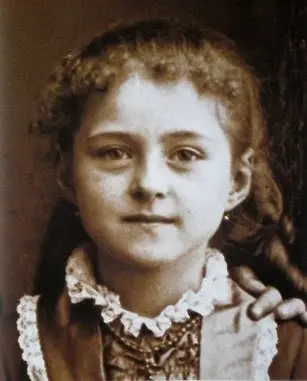
By the age of 12, Teresa felt a strong calling toward religious life. At just 18 years old, she made the brave decision to leave her home, family, and country to join the Sisters of Loreto in Ireland. This was her first big challenge—stepping into an unknown world, learning English, and preparing for missionary work.
In 1929, she arrived in India and began teaching at St. Mary’s High School in Kolkata. But outside the school walls, she witnessed extreme poverty, disease, and suffering. The contrast between the classroom and the streets deeply troubled her. She often battled with inner conflict, questioning how she could do more for the countless people living in misery.
Challenges She Faced Early On:
- Losing her father at a very young age
- Leaving her home and family behind at 18
- Adjusting to a new language, culture, and country
- Witnessing the harsh realities of poverty and illness in India
- Battling her own health issues while serving in Kolkata’s difficult environment
These hardships shaped her into a woman of extraordinary compassion, preparing her for the mission that would soon change the world.
Turning Point:
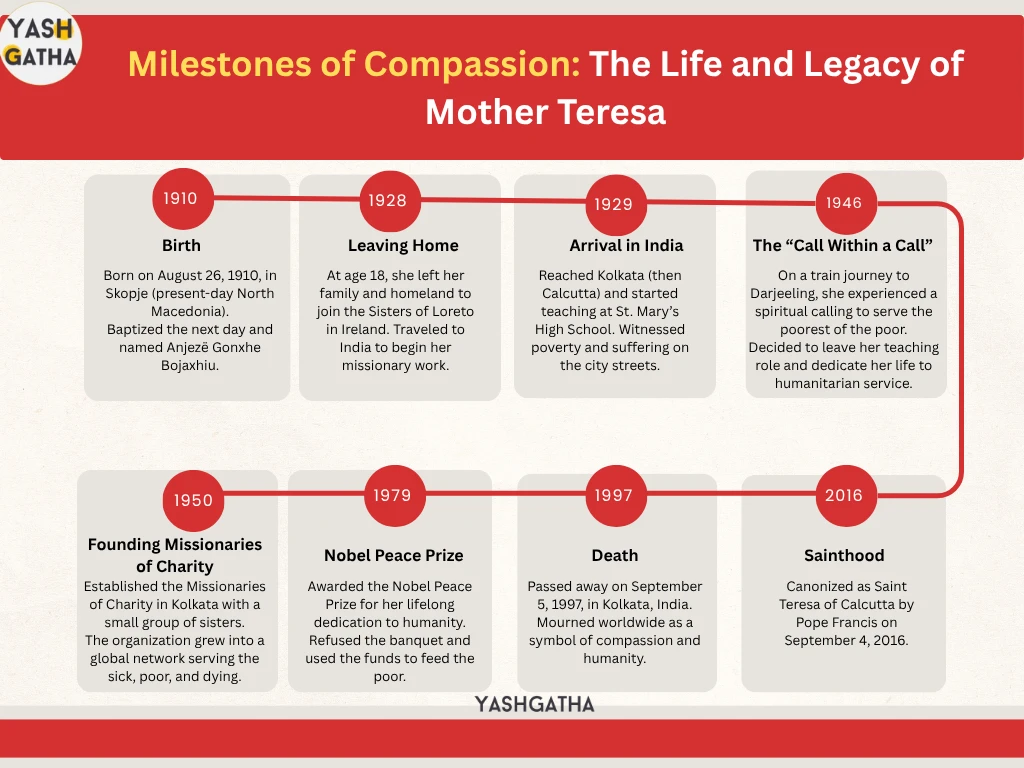
The Recognition & Award :
Mother Teresa’s unwavering service to the poorest of the poor in Kolkata gained worldwide attention, and soon the world recognized her extraordinary work.
The highest recognition came in 1979, when she was awarded the Nobel Peace Prize for her humanitarian efforts. Instead of attending a lavish banquet, she requested that the funds be used to feed the hungry and shelter the homeless. This act alone spoke louder than any speech—her humility and compassion moved millions.But the Nobel Peace Prize was not her only honor. Over her lifetime, she received numerous awards for her service:

Major Awards & Honors:
- 1962 – Ramon Magsaysay Award for Peace and International Understanding
- 1971 – Pope John XXIII Peace Prize
- 1979 – Nobel Peace Prize
- 1980 – Bharat Ratna (India’s highest civilian award)
- 1997 – Congressional Gold Medal of the United States
- 2016 – Canonized as Saint Teresa of Calcutta by Pope Francis
What Changed After the Awards :
After receiving the Nobel Peace Prize in 1979 and other international recognitions, Mother Teresa’s influence and work expanded dramatically. Her mission, Missionaries of Charity, became a global movement, and her message of compassion reached millions worldwide.
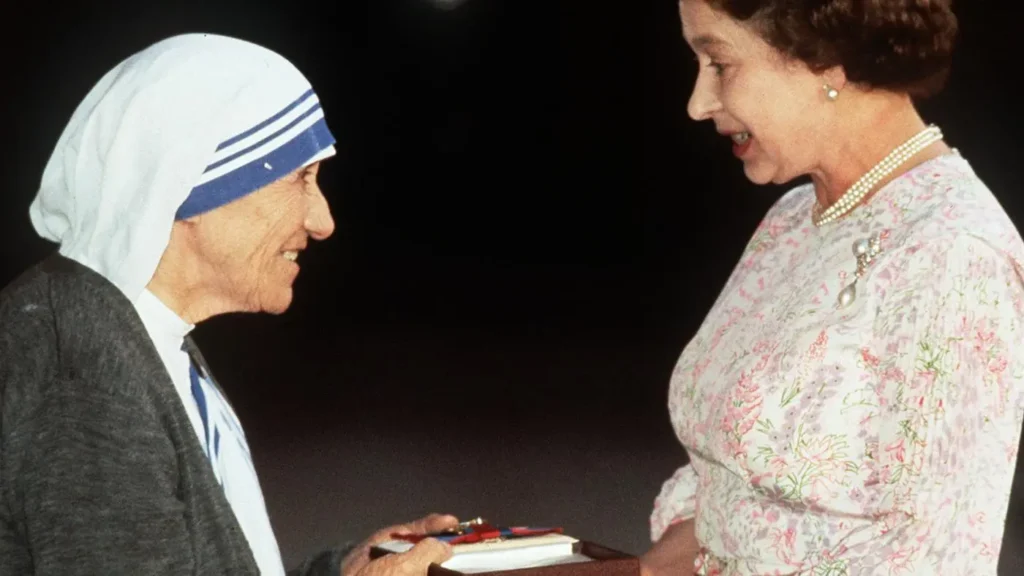
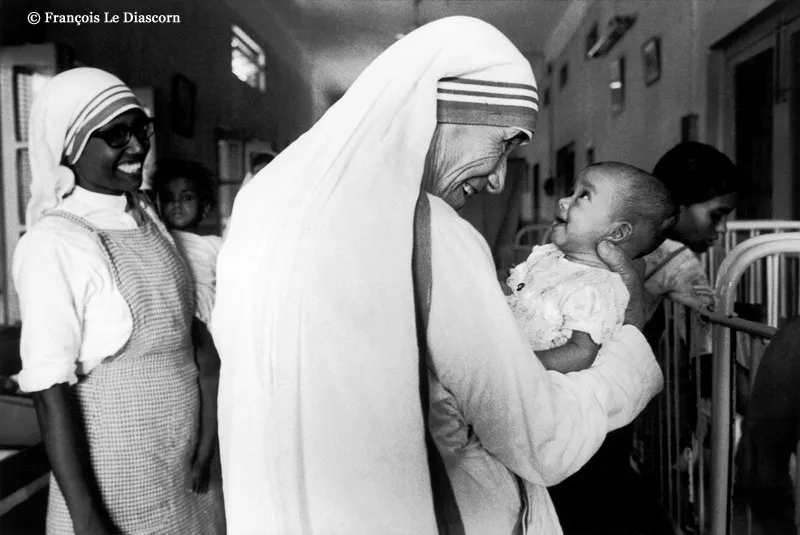
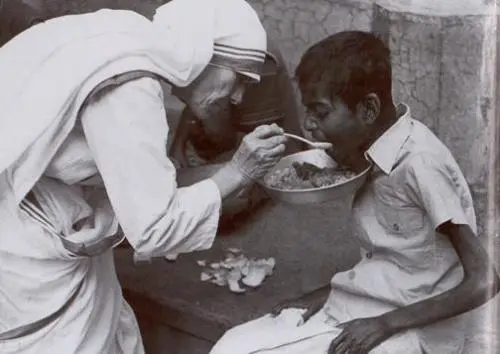
Major Changes & Impact:
- Global Expansion: Missionaries of Charity grew from a small Kolkata-based group to over 130 countries, serving the poor, sick, and dying.
- Increased Donations & Support: Worldwide donations and volunteers enabled her to build hospices, orphanages, and leper homes.
- Influence on Leaders: She met political and spiritual leaders, advocating for the marginalized and promoting humanitarian causes.
- Media Recognition: Her story and work were widely covered in books, documentaries, and news articles, inspiring millions globally.
- Canonization: In 2016, Mother Teresa was canonized as Saint Teresa of Calcutta, cementing her legacy as a symbol of compassion and selfless service.
Yashgatha Takeways:
Mother Teresa’s life was a masterclass in compassion, humility, and selfless service. Here are the most important lessons we can learn from her journey:
